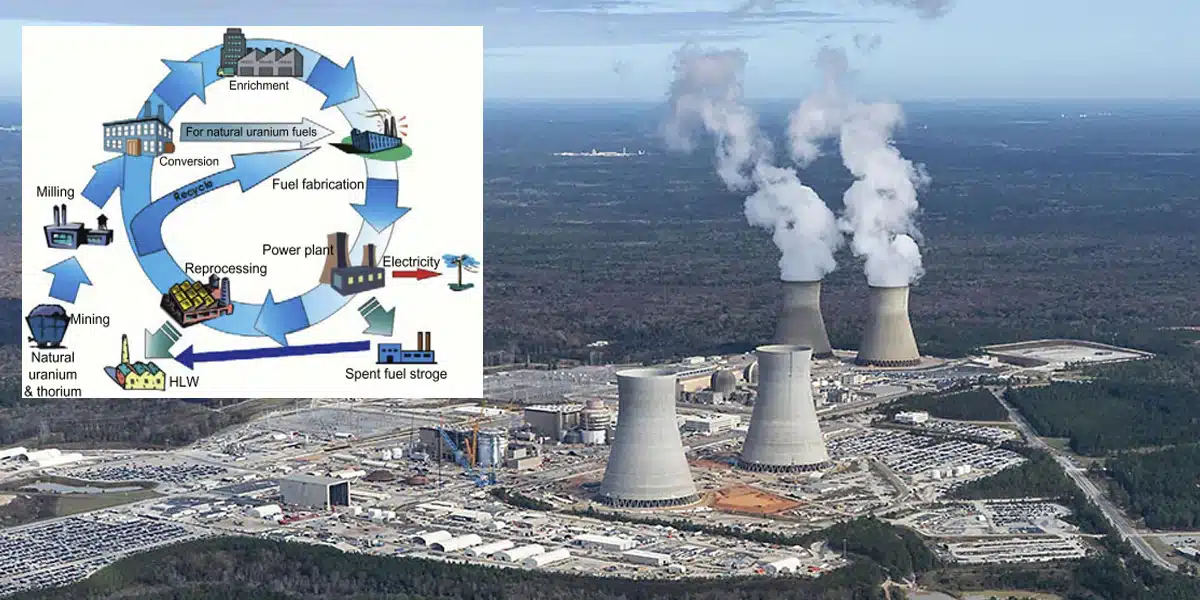With the world hard-pressed to find solutions to the current energy crisis without seeking recourse in climate-harming fossil fuels, could it be possible that a renewed interest in the use of nuclear power will lead to relevant and lasting measures? Those advocating for using small modular reactors (SMRs) seem to think so.
But what exactly are SMRs? How do they compare to conventional or traditional nuclear reactor setups? How efficient are they in terms of generating electricity – and, most importantly, will these be safe to use?
What Exactly are SMRs?
SMRs are defined as nuclear power generators that are around a third of the size of a conventional nuclear reactor. True to their name, they may be built in one location, shipped, and installed wherever they operate. On average, a typical SMR’s electrical power output may range from a little under 300 MW or just under 1000 MW.
While these are considerably smaller than conventional reactors, the International Atomic Energy Agency (IAEA) lauds the technology for producing a great deal of electricity sans carbon emissions. These also cost less to build and operate compared to older nuclear power plants, and have the additional virtue of generating less in terms of radioactive waste.
In terms of fuel use, SMRs use less fuel than conventional reactors and also don’t need regular refueling. Indeed, while a number of SMRs only need to be refilled every three to seven years, some models can run for three decades sans refueling.
A subcategory under SMR is the microreactor, a smaller nuclear fission reactor that produces thirty times less the standard capacity of an SMR.
Concerning safety, SMRs are also much safer than conventional plants as these can safely be shut down and restarted, thus preventing meltdowns and similar disasters.
Why Would Nuclear Power Even Be a Point of Consideration?
As controversial as it is, nuclear power is considered an emission-free energy source. Thus it is seen as a way of shifting from fossil fuel-centric power generation to more renewable fuel sources. Also, unlike other renewables like wind and solar power, nuclear power ensures a steady power supply regardless of weather conditions.
As a result, several countries that have previously shunned the use of nuclear power are now contemplating the use of SMRs to replace gas or coal-fired power plants. Countries that also previously considered phasing out their use of nuclear energy, like the United States and Japan, have recently renewed their commitment to studying the feasibility of nuclear power as a sustainable way of powering communities.
Likewise, as stated above, SMRs offer a more cost-effective and less space-dependent alternative to traditional nuclear plants.







